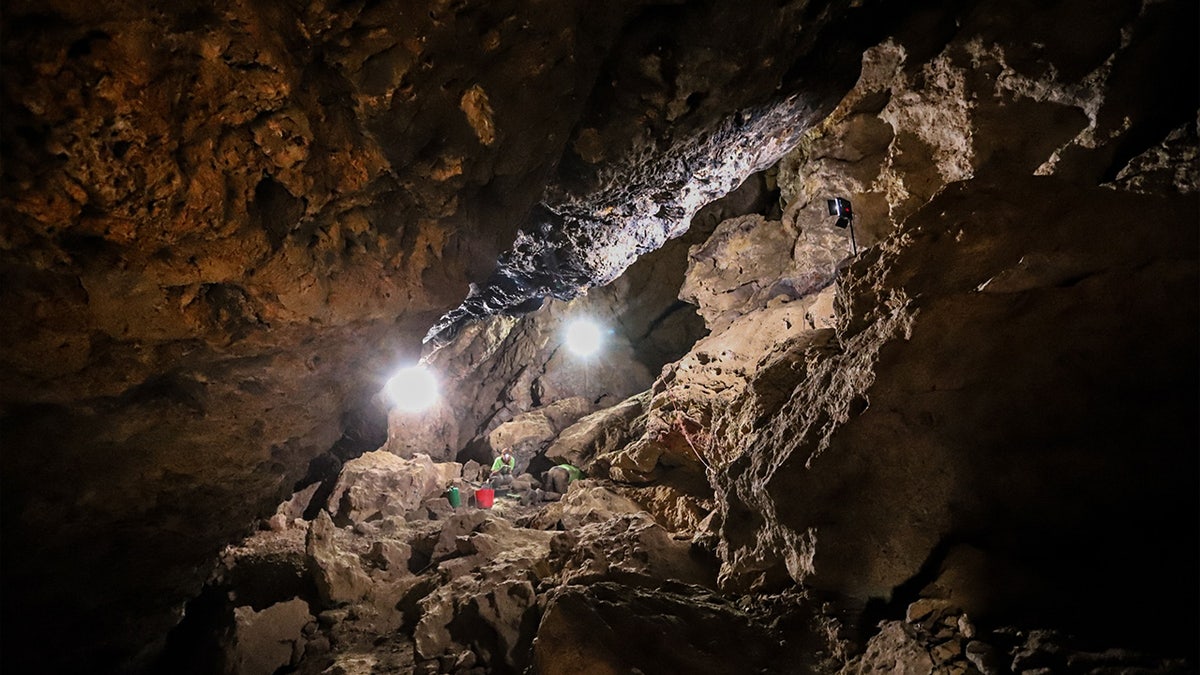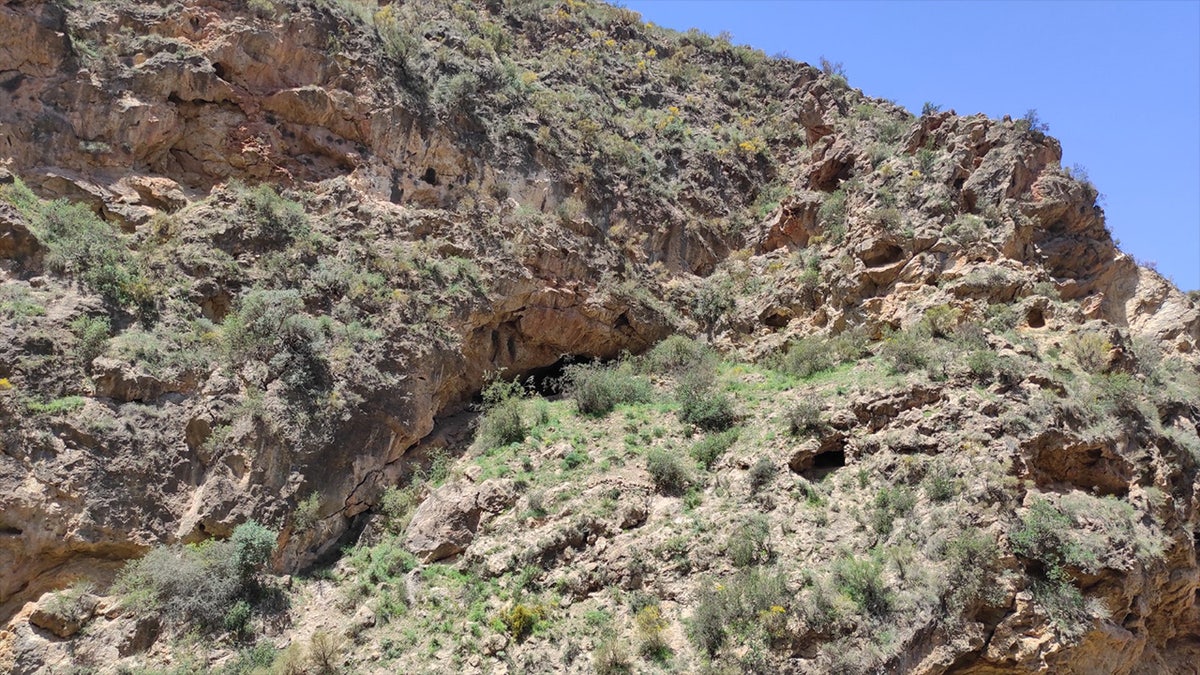Scientists say pair of sandals discovered in Spanish bat cave are 6,000 years old, Europe’s oldest shoes
Scientists have found what they believe are the oldest pair of sandals ever found in Europe, dating them at over 6,000 years old, among dozens of other items that were discovered in a bat cave system in southern Spain.
Researchers with the Universidad de Alcalá and the Universitat Autònoma de Barcelona said that the discoveries were the first direct evidence of basketry among hunter-gatherer societies and early farmers in Southern Europe. The objects were discovered in Cueva de los Murciélagos de Albuñol in Granada, Spain.
Among the discoveries were baskets, sandals and organic tools once associated with early Neolithic farming communities. By studying the raw materials and using technology, the researchers believe that the items from the cave were from the early and middle Holocene period, between 9,500 and 6,200 year ago.

Francisco Martínez Sevilla, a researcher in the Prehistory Department of the University of Alcalá, said in a press release that the discovered objects “makes us question the simplistic assumptions” about prehistoric communities.
ARCHEOLOGISTS IN NORTHERN PERU UNEARTH 3,000-YEAR-OLD TOMB BELIEVED TO HONOR PRIEST
“The quality and technological complexity of the basketry makes us question the simplistic assumptions we have about human communities prior to the arrival of agriculture in Southern Europe,” Sevilla said.


According to the report, the pair of sandals represent the “earliest and widest-ranging assemblage of prehistoric footwear, both in the Iberian Peninsula and in Europe”.
Scientists say they were well-preserved due to the low humidity levels in the caves.
“The unique conditions for the preservation of organic material in the cave are related to the null humidity resulting from the geological character of the cave,” the report said.
According to the report, published in the Science Advance journal, the objects were first discovered by mining activities in the 19th century and were documented by Manuel de Góngora y Martínez.
Read the full article Here


